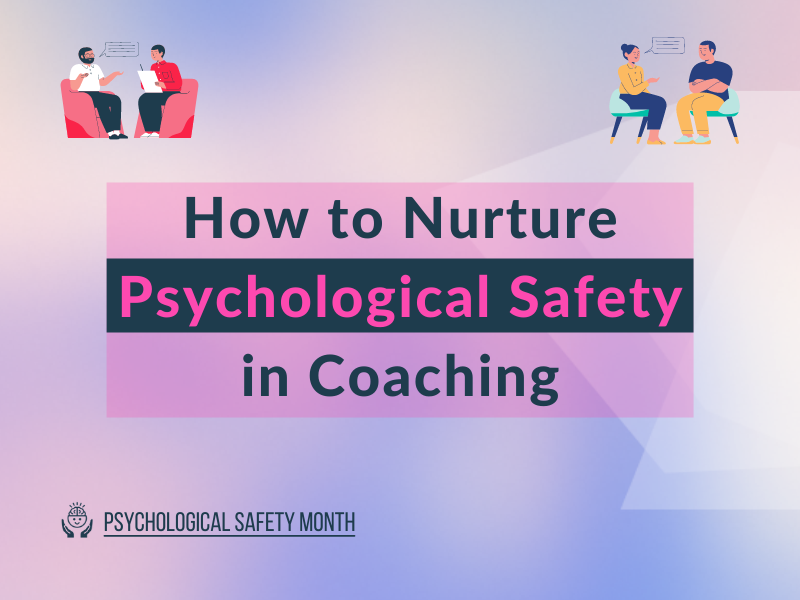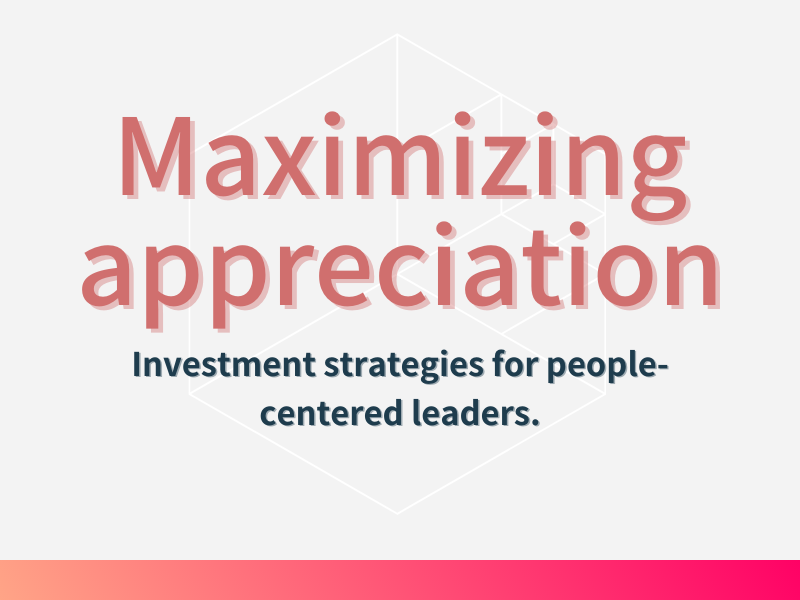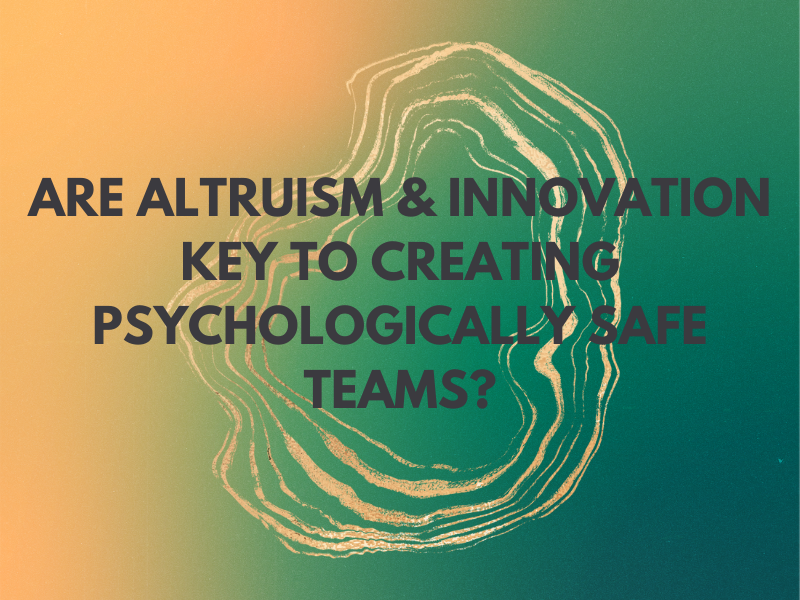
It is not enough to have employees from various backgrounds and identities; for Psychological Safety to exist, people need to feel welcome to be themselves at work. On an individual level, coaches may find it helpful to focus on overcoming limiting beliefs or helping clients deepen their self-regard. For teams using Attuned, having a workshop where members share their top Motivators, identify blindspots, and brainstorm ways to support each other can also be impactful.
Coaches could consider running a well-structured 360˚ feedback process to help managers understand how included people feel. The debrief sessions can emphasize closing the gap between the current situation and a more inclusive culture that better represents where they want to be. This can require significant changes in both mindset and behavior.
Edmondson speaks to the challenge that some leaders experience when trying to overcome their biases and understand new perspectives—especially when being decisive or “knowing what’s going on” has contributed to their success up to that point. Adam Grant’s book Think Again could be a good resource for clients working on this as it focuses on the humility of considering what we don’t know.
During coaching sessions, encourage managers to look at behavioral patterns, such as who speaks first and last during meetings or how frequently they ask for ideas from their team. What steps can they take to bring more people into the conversation? Where can systems be improved to minimize bias or be more welcoming? Do the habits of team members reflect the values they want to uphold? If not, what can they do to move things in the desired direction?











